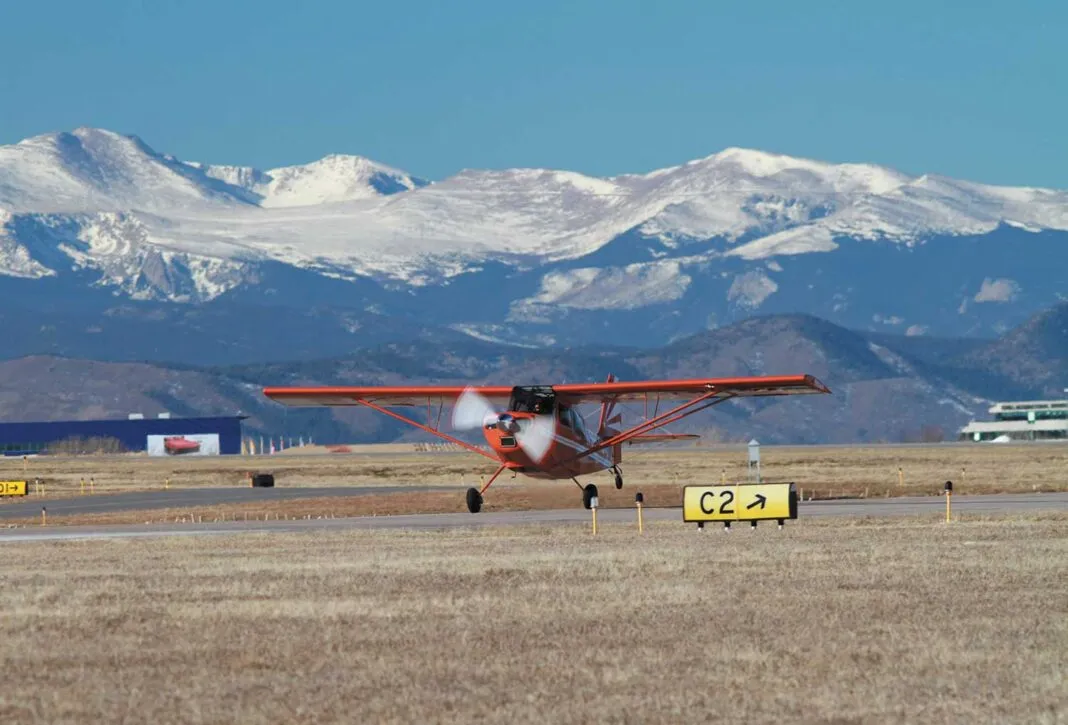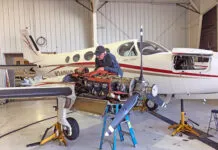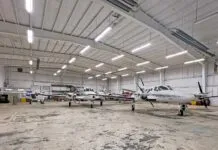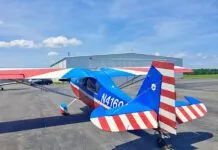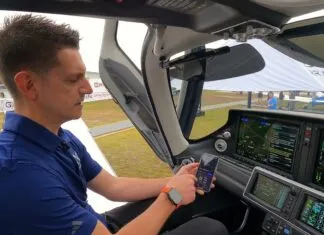More! I want more!
You’ve heard it. You’ve said it. It’s every pilot’s plea, whether they will admit it or not.
Fly an airplane 10 hours and you’ll be wishing it were faster or had more power. It’s the way we are; it’s part of being a pilot.
That why mod shops stay happily in business as pilots take their plain vanilla traveling machines and attach speed mods, VGs and STOL kits and drop in big engines.
But what about aerobatics? We who admit to affection for true freedom of flight—turning the world upside down with a flick of the wrist and applying doses of Vitamin G—have been flying one kind of airplane when we want to go somewhere and another when we truly want to move in the third dimension.
Maybe we don’t have to.
Why not make your next airplane one that is aerobatic? Take a minute to think about the flying that you do, and want to do. The chances are decent that there is an aerobatic airplane that will fit who you are as a pilot.
We’ll be up front and make it clear that you’re going to have to do your homework, spend some time digging to find the right airplane and do an excruciatingly careful prebuy exam.
And, you have to recognize that many of the aerobatic airplanes on the market were designed at a time when Americans generally weighed much less than they do now, so useful load may be a stumbling point. With the bad news out of the way, let’s look at what you might buy to seriously ramp up the fun factor.
What’s Out There
We began our research intending to look only at production aircraft—certificated in what the FAA calls the acrobatic category. As we spoke to more and more pilots who feel the need to upend their world from time to time, we expanded our focus because aerobatic capability turned out to be the common denominator for an interesting mix of airplane types.
Nevertheless, to keep the size of this article under control, we’re going to focus on production airplanes, while first looking a little bit outside of that world to point out that an experimental/homebuilt or warbird might be the right airplane for you.
Homebuilt
Every aerobatic pilot and instructor we spoke with about production airplanes almost immediately digressed into the Van’s RV line of homebuilts, particularly the RV-7 and RV-8 because they are considerably faster than the vast majority of production aerobatic airplanes.
Greg Koontz, who teaches aerobatics and flies airshows in an American Champion Super Decathlon (www.gkairshows.com), mentioned that not only will the RV-7 and -8 cruise at better than 160 knots, they are capable enough to be used in aerobatic competition, although he and others said that they are hesitant to snap roll them.
We’ll talk prebuy exams a little more in a moment, but when it comes to buying an experimental category airplane with which you are going to perform aerobatics, we cannot express too vociferously the need to have a thorough prebuy performed by a technician who is an expert in the type of airplane. We’ve seen and flown some stunningly well-crafted homebuilts, but we’ve also seen some frighteningly bad ones.
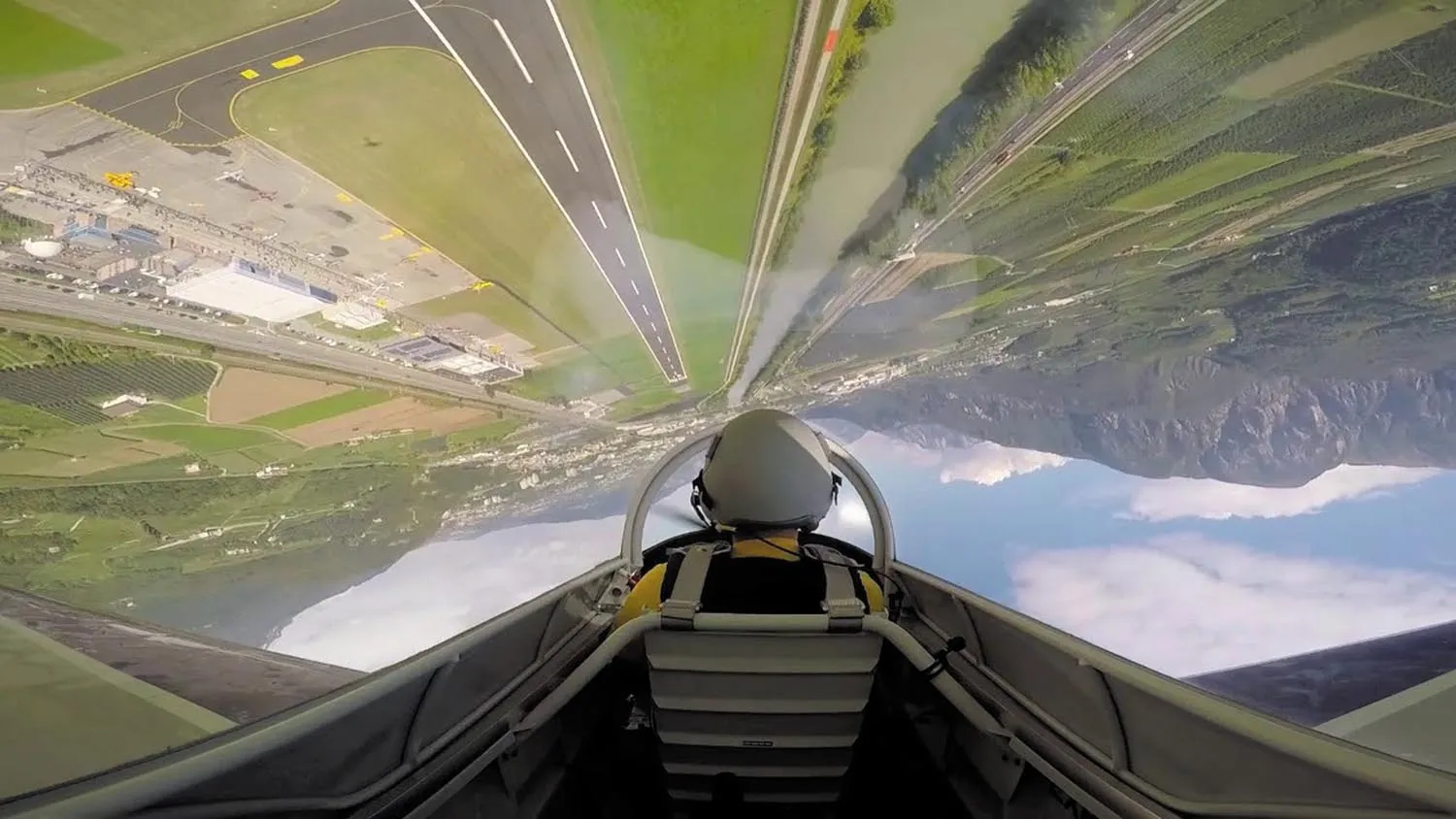
Warbirds
Many of the single-engine, piston-powered aircraft that went into military service over the last 100 years, especially the trainers and fighters, are capable of aerobatics. Most have space to stash personal gear for a weekend, so some owners also use them for transportation.
As we pointed out in the August 2017 issue of Aviation Consumer, owning and flying a warbird is a very specialized subset of the general aviation world. It requires an understanding of the fact that the airplanes were designed and built under terms and conditions far different from the Federal Aviation Regulations. They have handling, systems and performance that are not intuitive and will bite a pilot who approaches them without the respect they require.
For example, the vicious stall behavior of the North American AT-6/SNJ—a trainer, that’s right, a trainer—has been killing pilots steadily for over 80 years.
If you want to buy akro via the warbird route—and we purely love doing aerobatics in warbirds—we think that it is essential for you to do so with patience, humility and a willingness to learn everything possible about the airplane you are considering. Make use of the resources from EAA and the CAF (Commemorative Air Force) on warbirds for a prebuy and a thorough checkout.
General Cautions
During discussions with aerobatic pilots and instructors as we researched this article we were treated to recitations of akro students who had screwed up and taken airplanes through redline airspeed and pulled more than the G-limit load for the machine and of off-runway adventures with the tailwheel birds.
Our takeaway—when buying an aerobatic airplane—assume that it has been overstressed at least once and that any claim of “no damage history” is a blatant falsehood. Your job during the prebuy is to find the evidence, make sure that any repairs that have been made over the years were done properly and uncover any hidden damage.
As with any airplane, look for corrosion but also take some time with the empennage to ensure that it is not twisted and that the vertical and horizontal stabilizers are indeed vertical and horizontal, as snap rolls entered too enthusiastically will cause damage.
A second part of the prebuy exam is to make sure that the airplane doesn’t have any STCs that disqualify it for aerobatic flight. An example given to us was that the Cessna A150 and A152 Aerobats are only aerobatic with engines listed on the Type Certificate—not with the higher-horsepower engines often installed to bump up their climb performance.
On the other side of that ledger, there are some aerobatic airplanes that require mods to maintain their aerobatic status, such as a rudder stop on the Cessna Aerobat and Beech’s aerobatic retrofit kit on the aerobatic Bonanza.
Parachutes
Be sure to add the cost and weight of parachutes to your airplane selection spreadsheet and then do your weight and balance calculations. We are realistic enough to recognize that a lot of pilots are willing to fly over gross in plain vanilla operations. We think that it’s approaching suicidal to do so when flying aerobatics.
Insurance
During our research, we did not hear anyone express problems with getting insurance on an airplane they bought because it was aerobatic.
What we did hear was challenges because they were buying a tailwheel airplane. For tailwheels, expect premiums to be higher and, unless you have time in type, a requirement for some hours of dual with a CFI who has time in type. That can be a problem if you are looking at something exotic.
Let’s take a look at a selection of production aerobatic airplanes that we think are also reasonable traveling machines—and we’ll note that some can be equipped for IFR operations, turning them into true all-around flying machines.
Cessna Aerobat
In the heady late 1960s, some manufacturers, flush with money and looking for competitive market niches, started adding aerobatic certification to a few of their offerings. Cessna beefed up the 150—which had never had a structural failure—with wing struts from the 182, nearly doubled the number of rivets and added stringers to create the A150 Aerobat for the 1970 model year.
With modest power the A150, and later A152, is often the butt of jokes in the aerobatic community. However, the controls are we’ll harmonized, it has no bad handling manners and it will do lovely positive-G-only aerobatics provided the pilot is willing to work at it.
The Aerobat is an excellent energy management teacher. Plus, with its slight wing sweep starting outboard of the strut attach point, its ability to enter and exit spins and snap rolls cleanly and predictably is among the best of any aerobatic airplanes.
Citabria
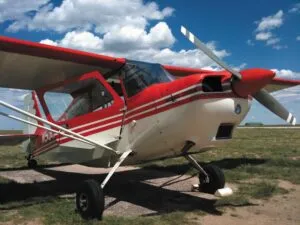
American Champion is happily churning out Citabrias from its Wisconsin factory some 60 years since the first 7ECA flew. The line is extensive and can be confusing. Horsepower ranges from 100 to 180, but all models are identified with the number “7” followed by two or three letters. All are aerobatic, are two-seaters that are soloed from the front seat, are fabric covered, have a stick rather than a yoke and have fixed-pitch props.
Cruise speeds are in the 100- to 115-knot range. The airplanes set the standard for good visibility and ground handling in a tailwheel airplane.
The big shortcoming for Citabrias is useful load, especially for those with a wood, rather than aluminum, spar.
Because of the stick rather than a yoke, we think aerobatics are easier in a Citabria than an Aerobat, but they still require a pilot to work for each maneuver. We’ve observed that a pilot who learns akro in a Citabria has little trouble stepping up to more capable machines and doing we’ll immediately. We think that elevator and rudder response is about right but that the ailerons are unpleasantly heavy.
Citabrias are also, in our opinion, excellent backcountry airplanes.
Decathlon
After the difficult to find aerobatic Bonanza, we think that the Decathlon series offers the best combination of cruise speed, cabin comfort and aerobatic capability of the production aerobatic airplanes.
With power ranging from 150 to 210 HP, and almost all with constant-speed props, the 8KCAB series shares the same fuselage with the Citabria line but a shorter, symmetrical wing. They are stressed for +6 and -5 Gs and cruise, depending on the engine, from 115 to 130 knots.
As with the Citabria, useful load is the big challenge.
Nevertheless, we’ve spent quality time going from point A to point B with everything in the cabin secured so that we could spend part of the flight inverted. Life is good.
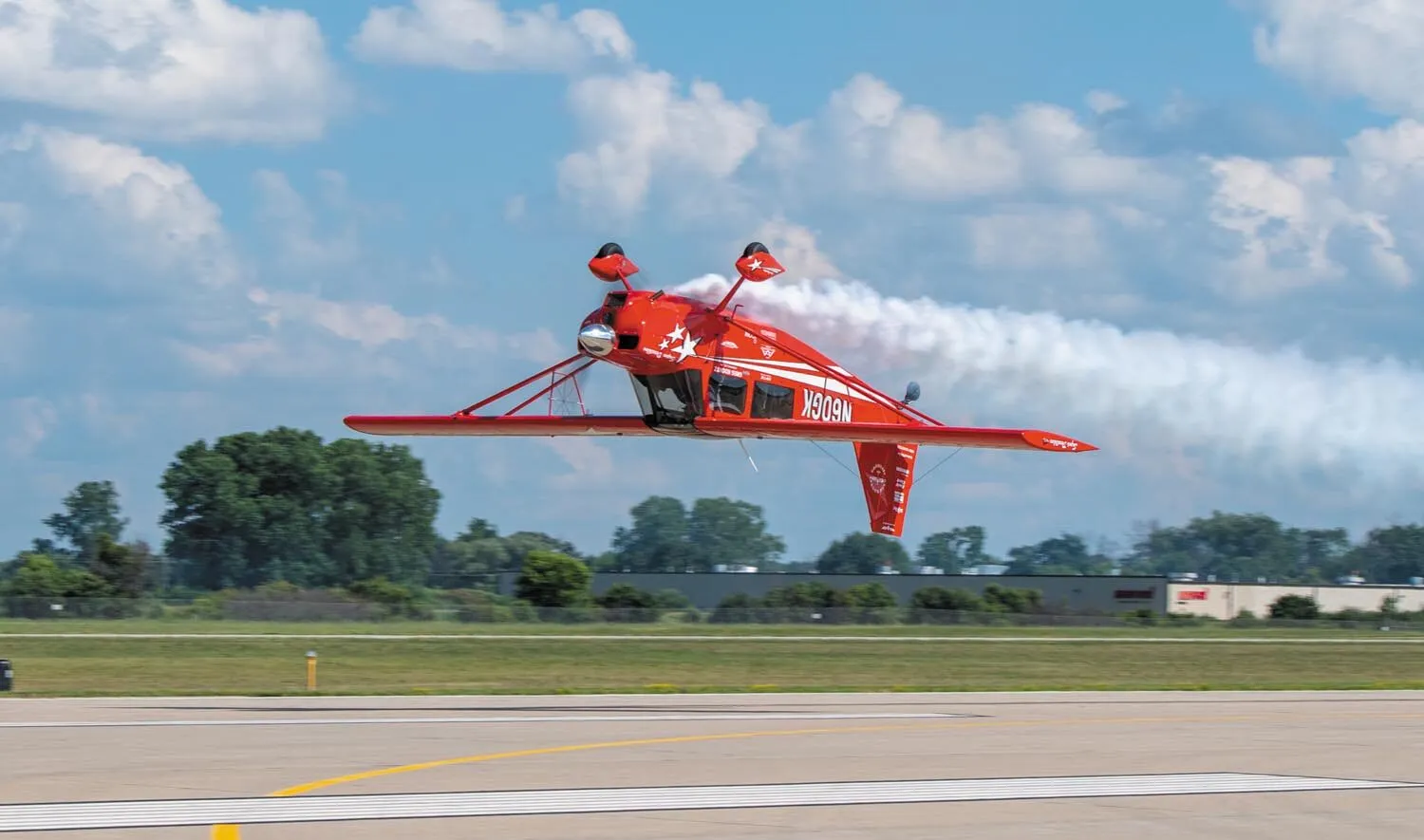
Aerobatic Musketeer
In 1969 and 1970, Beech marketed versions of the 180-HP B23 and C23 Musketeers, which were aerobatic with two of its four seats occupied.
We like the handling of the Musketeer series, although its cruise speed is only about that of a Citabria while burning more fuel. Nevertheless, the cabin is among the most spacious of its peers and we can’t help but think that if the Musketeer is the airplane for you, why not get one that is aerobatic?
Aerobatic Bonanza
We want one.
During much of the 1970s and ‘80s, Beech built an aerobatic version of the E33C and F33C and exported all but one to airline training programs overseas. They have been gradually flowing back into the U.S., many with inverted fuel and oil systems added.
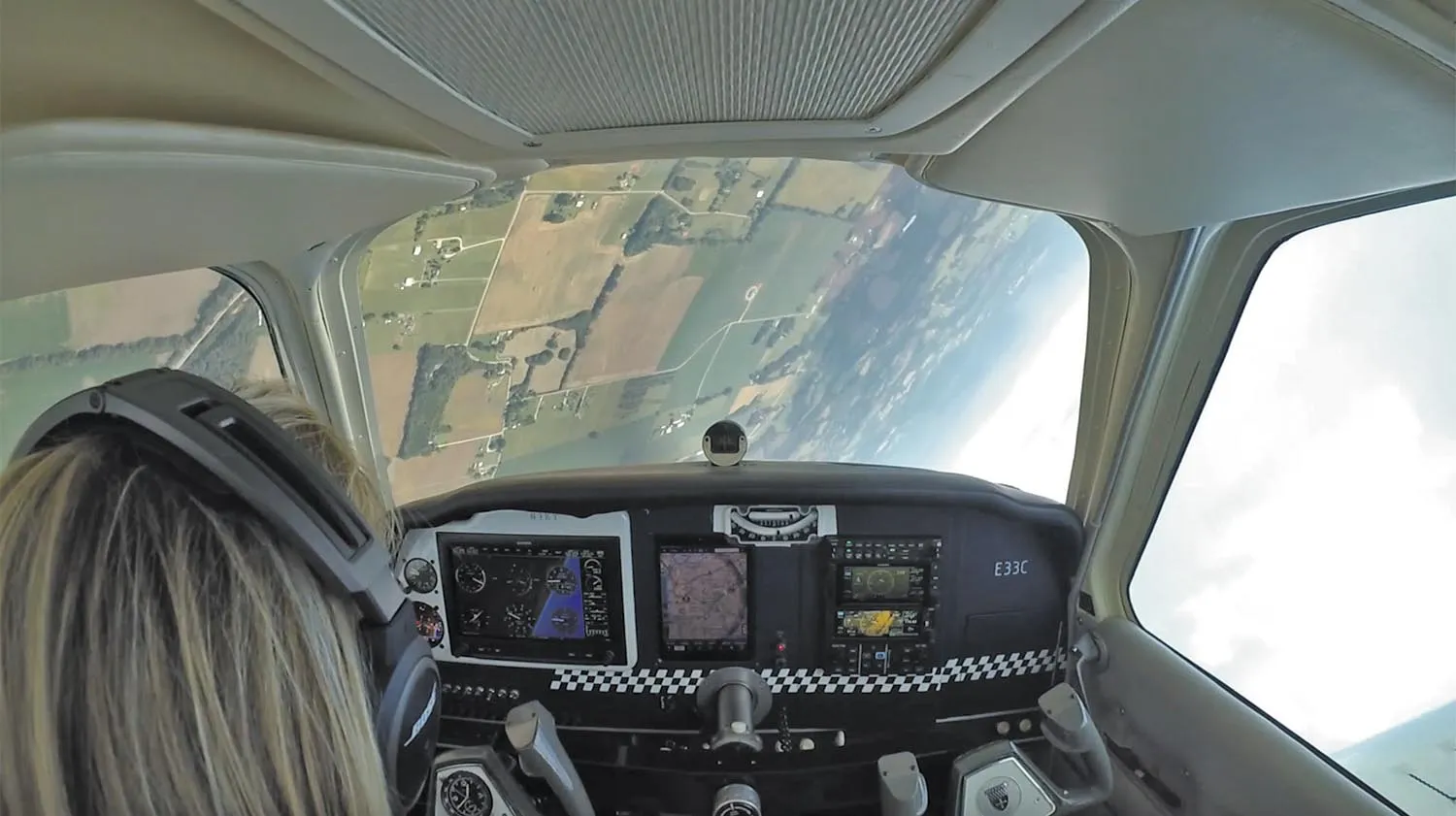
To maintain aerobatic certification, each must have Beech’s retrofit aerobatic kit installed to beef up the tail and add stall strips for better aileron control at high angles of attack.
While Dr. Catherine Cavagnaro runs an aerobatic school (www.aceaerobaticschool.com) using an A152 Aerobat, she uses her aerobatic Bo for personal travel and enjoyment, taking advantage of its 160-knot cruise on 12 GPH.
Having flown akro in the aerobatic Bonanza, we agree with Cavagnaro’s opinion that the airplane is a pleasure to do aerobatics in, but that it’s not particularly nimble and you have to watch your speed when it is pointed downhill as the clean airframe accelerates quickly.
In our opinion, the aerobatic Bonanza offers the best combination of ability to travel fast and comfortably, handle serious IFR weather and do some delightful aerobatics when the mood moves you.
Great Lakes
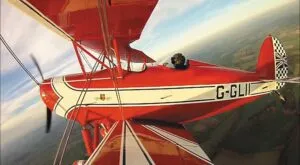
Now built by Waco Aircraft (www.wacoaircraft.com) of Battle Creek, Michigan, the Great Lakes biplane has been in and out of production since 1929.
Seating is two-place, tandem, and it’s soloed from the rear seat. Ground handling is nearly as good as a Citabria, but the restricted visibility from the pilot’s seat makes things more challenging. As an aerobatic airplane, its inverted fuel and oil system gives it great versatility and the swept upper wing gives sharp, clean entries and exits to snap rolls and spins.
As a traveler with open-cockpit style, we’ve seen speed ranges between 100 and 110 knots and there is space for stuff for two for a weekend trip. We’ve also seen some very sophisticated avionics installed.
Pitts Special, Extra
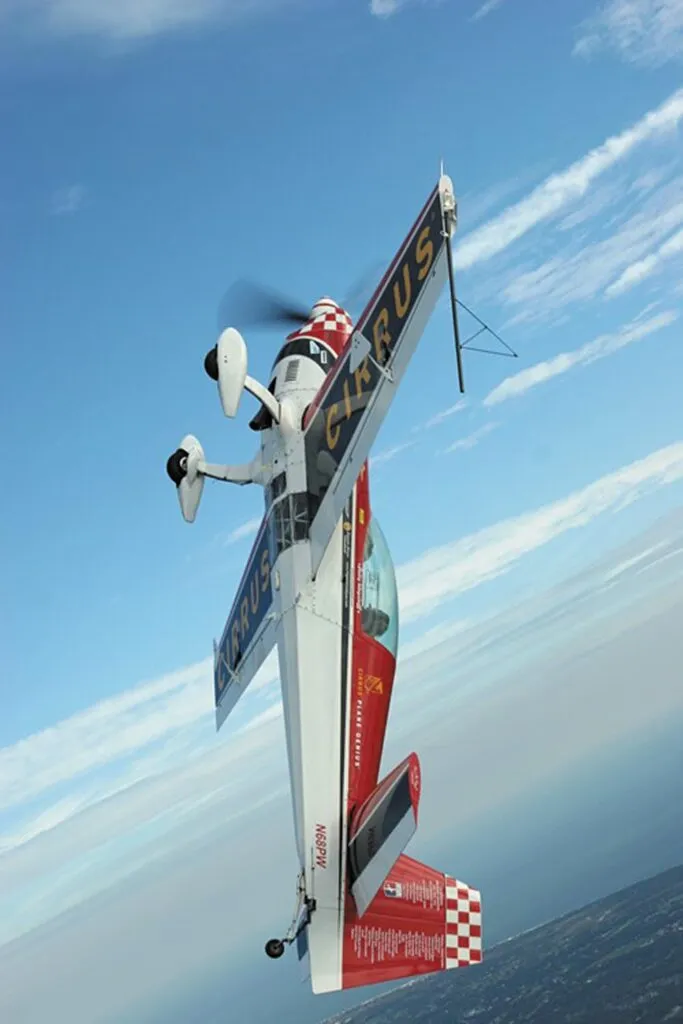
We primarily looked at the two-seat models from manufacturer Aviat Aircraft (www.aviataircraft.com), although there were some production single-seaters. The S2-A has a 200-HP engine while the -B and -C are powered by a 260-HP Lycoming.
Cruise speeds center around 140 knots, so the airplane will go places although fuel capacity is limited.
Carrying personal gear requires packing lightly and creatively, yet we know folks who use theirs as personal travelers even though they are not equipped with a heater.
When it’s time for aerobatics, let’s just say that the Pitts set the standard for the industry through much of the 1970s and seems to respond to a pilot’s thoughts. Visibility on landing is lousy and the very quick controls mean that a careful checkout is essential.
Generally acknowledged to be near or at the top of the heap when it comes to production aerobatic airplanes for competition or airshows, we didn’t initially plan to put the Extra (www.extraaircraft.com) in this article until we spent some time talking with former national aerobatic champion Patty Wagstaff. She flies an Extra in airshows and uses one for training in her aerobatic school (www.pattywagstaff.com) in Florida.
Wagstaff pointed out that the Extra series includes single- and two-place aircraft with power from 300 to 315 HP and cruise speeds in the 180-knot range. They are extremely light on the controls—as befits aircraft that have won national and international aerobatic competitions—yet once you get used to them, they are good cross-country airplanes and carry enough fuel to cover a lot of ground. There is limited space for personal gear and there’s no heater.
In our conversation, Wagstaff did issue a warning about the need for a careful checkout as she indicated that the airplanes can be challenging on landings.
Conclusion
We think that owning and traveling in an airplane that can also be used for aerobatics adds a wonderful extra dimension of capability and fun. We like the idea that most of the aircraft we considered can also be maintained by pretty much any shop nearby should something break.
Adding the backcountry capabilities of the Citabria and Decathlon, is, to us, coming about as close as possible to the all-purpose general aviation airplane.

